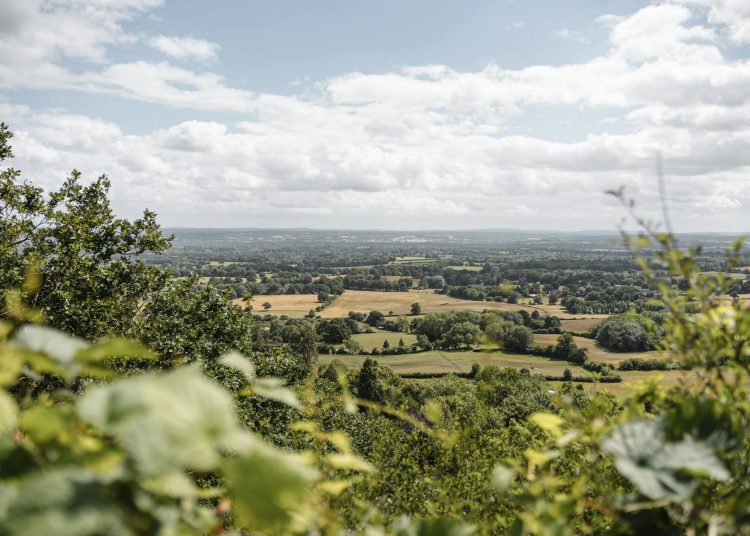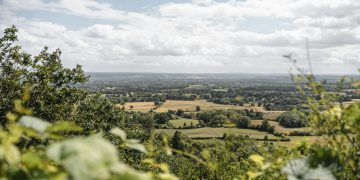Imagine a Britain where curlews call across restored wetlands, ancient woodlands flourish anew, and butterflies flit through blossoming meadows. The National Trust is turning this vision into reality with its most ambitious conservation effort yet.
To mark its 130th anniversary, the Trust has unveiled a “moonshot” initiative to rejuvenate 250,000 hectares of land—an area one and a half times the size of Greater London. This bold plan aims to reverse decades of environmental decline by restoring peatlands, woodlands, salt marshes, and more.
Hilary McGrady, the Trust’s Director General, emphasized the urgency: “Nature is declining before our eyes, and climate change is threatening homes and habitats on a colossal scale. We will ramp up our work to restore nature, both on our own land and beyond our boundaries.”
The initiative isn’t confined to Trust-owned properties. Collaborations with farmers, communities, and environmental organizations are central to creating interconnected, nature-rich landscapes. For instance, in Merseyside, the Trust is planting over 90,000 trees to connect fragmented woodlands, enhancing habitats for local wildlife.
In the Shropshire Hills, efforts are underway to support the threatened curlew by working with farmers to create more hospitable breeding grounds. These projects exemplify the Trust’s commitment to not just preserving, but actively expanding and connecting natural habitats.
Beyond land restoration, the Trust is also focusing on cultural heritage. A £17 million project is set to transform the Bath Assembly Rooms into a vibrant visitor experience, recreating the grandeur of Georgian balls. Meanwhile, in Lancashire, £1.2 million is being invested to restore the 420-year-old Great Barn at Gawthorpe Hall.
Recognizing the link between nature and mental well-being, the Trust is partnering with the mental health charity Mind to improve access to green spaces. This collaboration aims to ensure that more people can experience the therapeutic benefits of nature.
The Trust’s ambitious plan also includes the introduction of National Trust ambassadors, such as classicist Mary Beard and historian David Olusoga, to champion the cause and engage the public.
This monumental effort by the National Trust represents a significant step towards a greener, more biodiverse Britain. It’s a call to action for communities and individuals alike to participate in the restoration and preservation of our natural heritage.
So, whether you’re planting a tree, supporting local conservation efforts, or simply enjoying a walk in the countryside, every action contributes to this grand revival of Britain’s natural landscapes.










